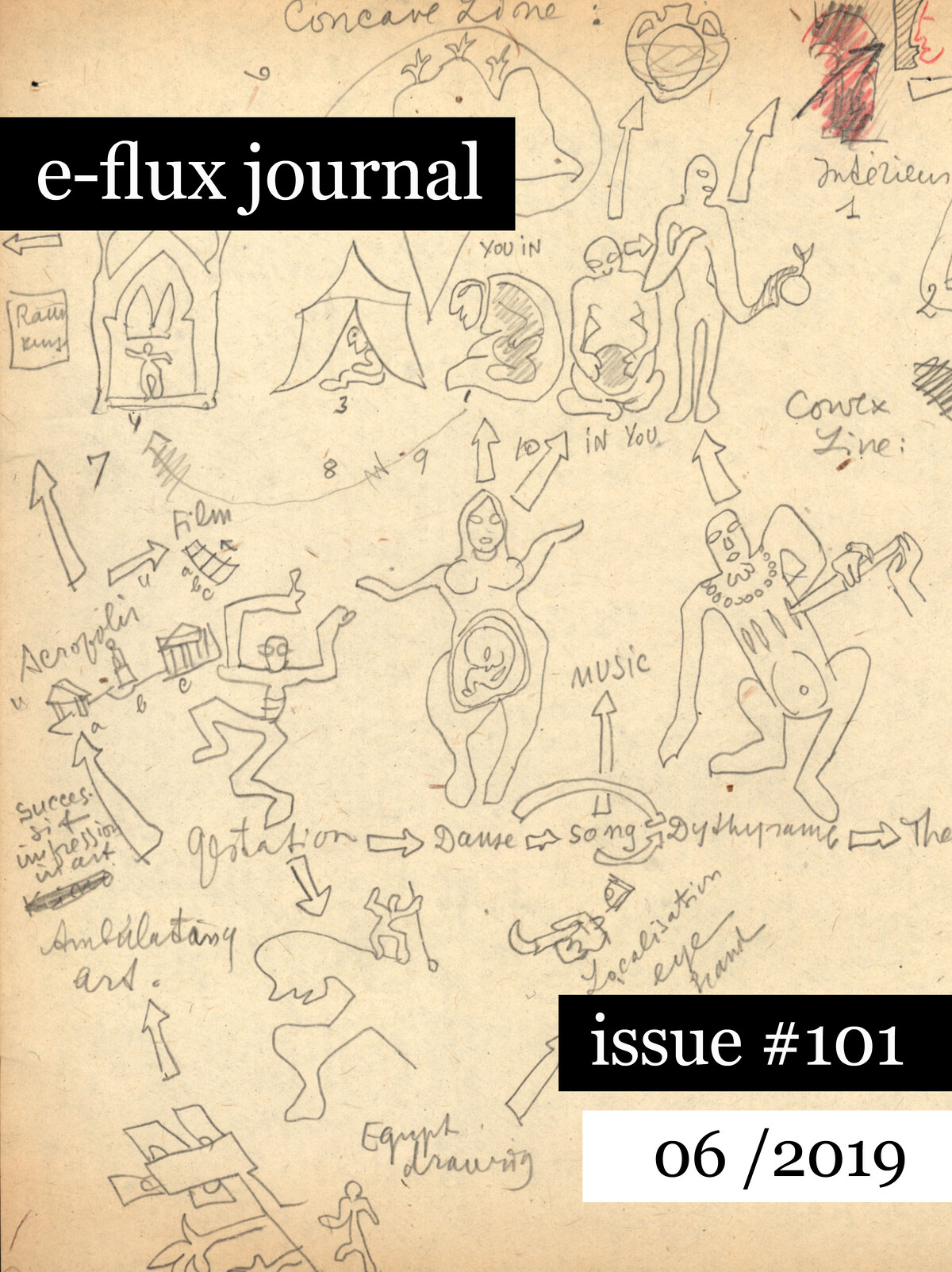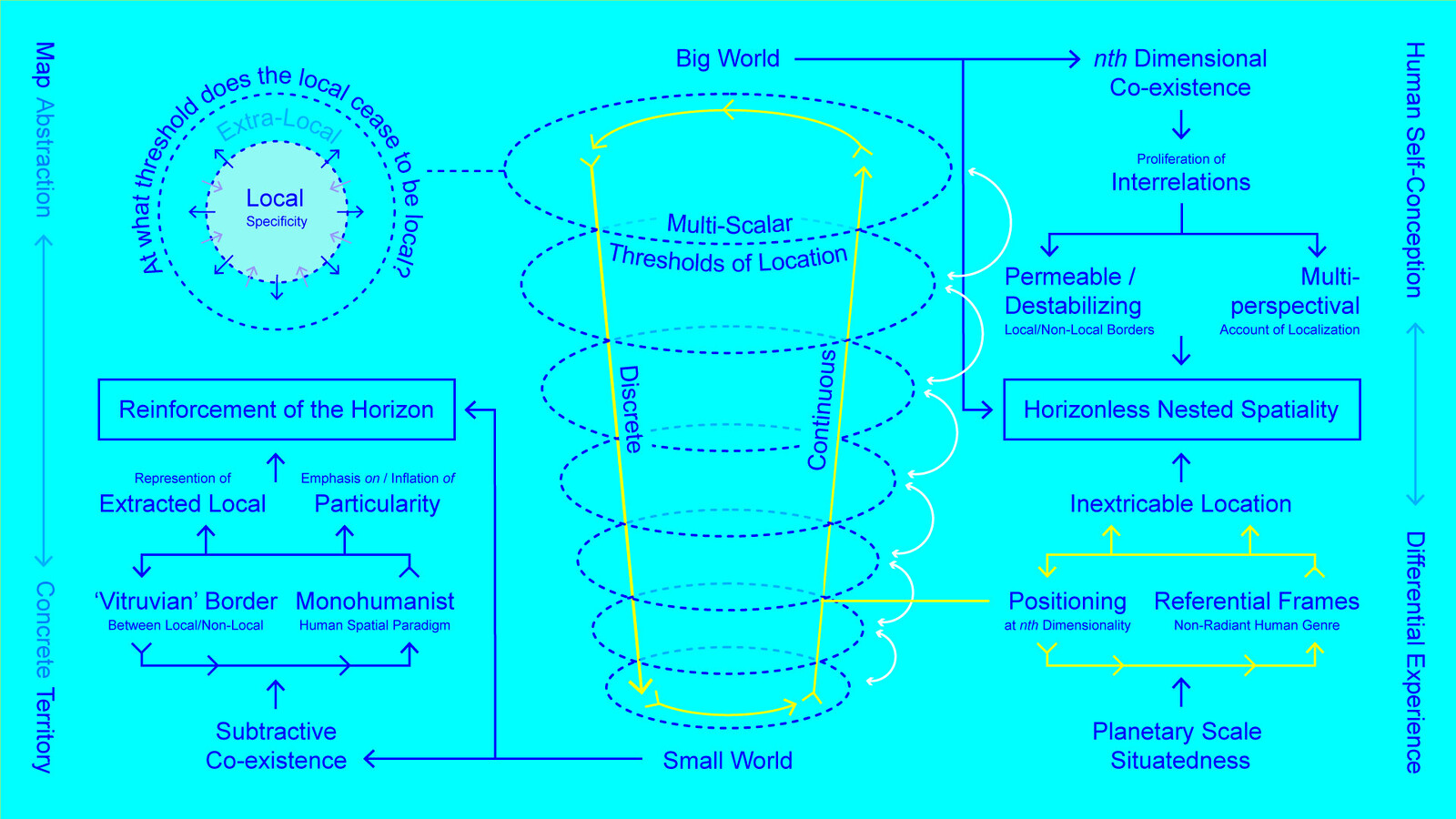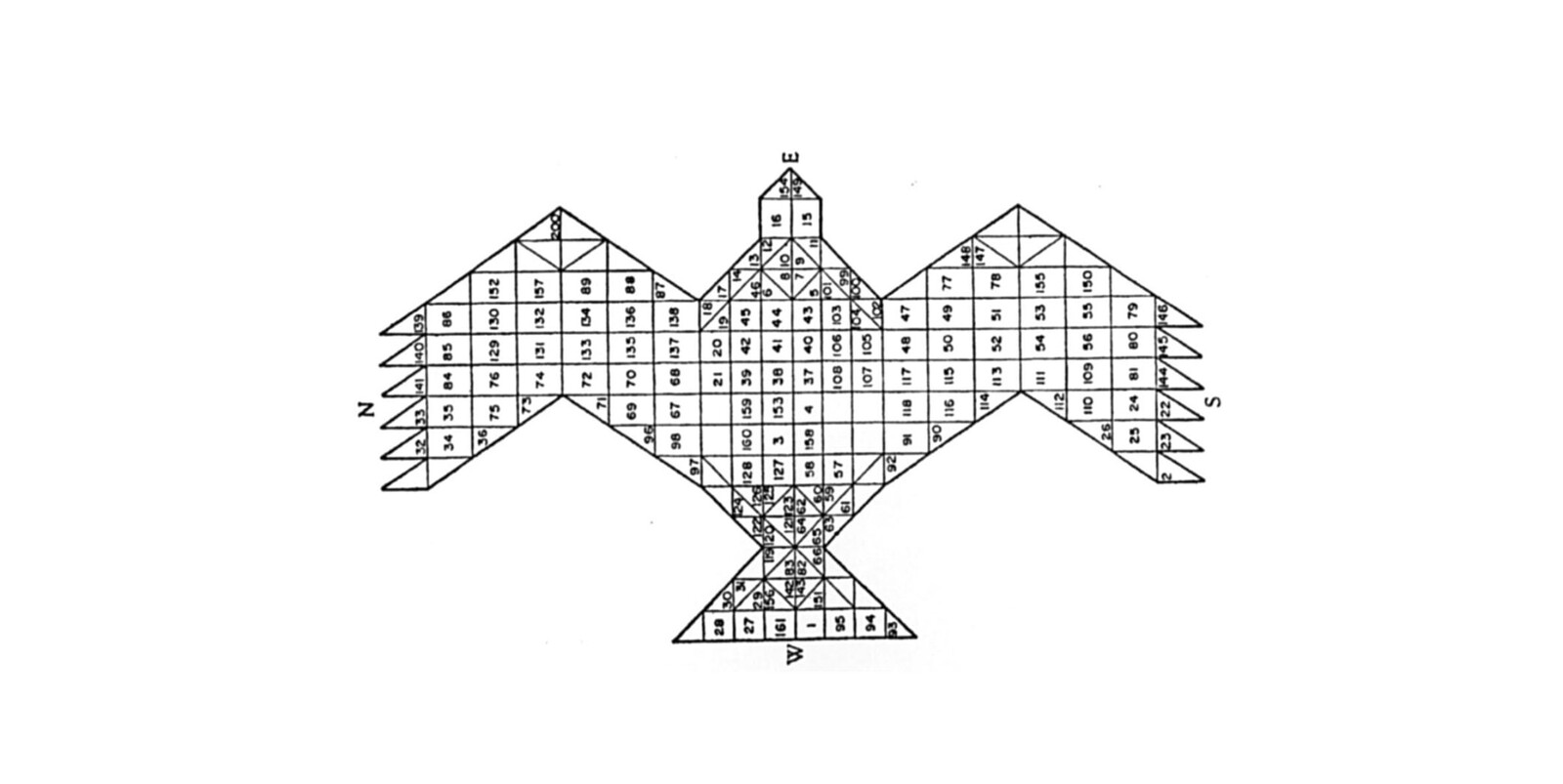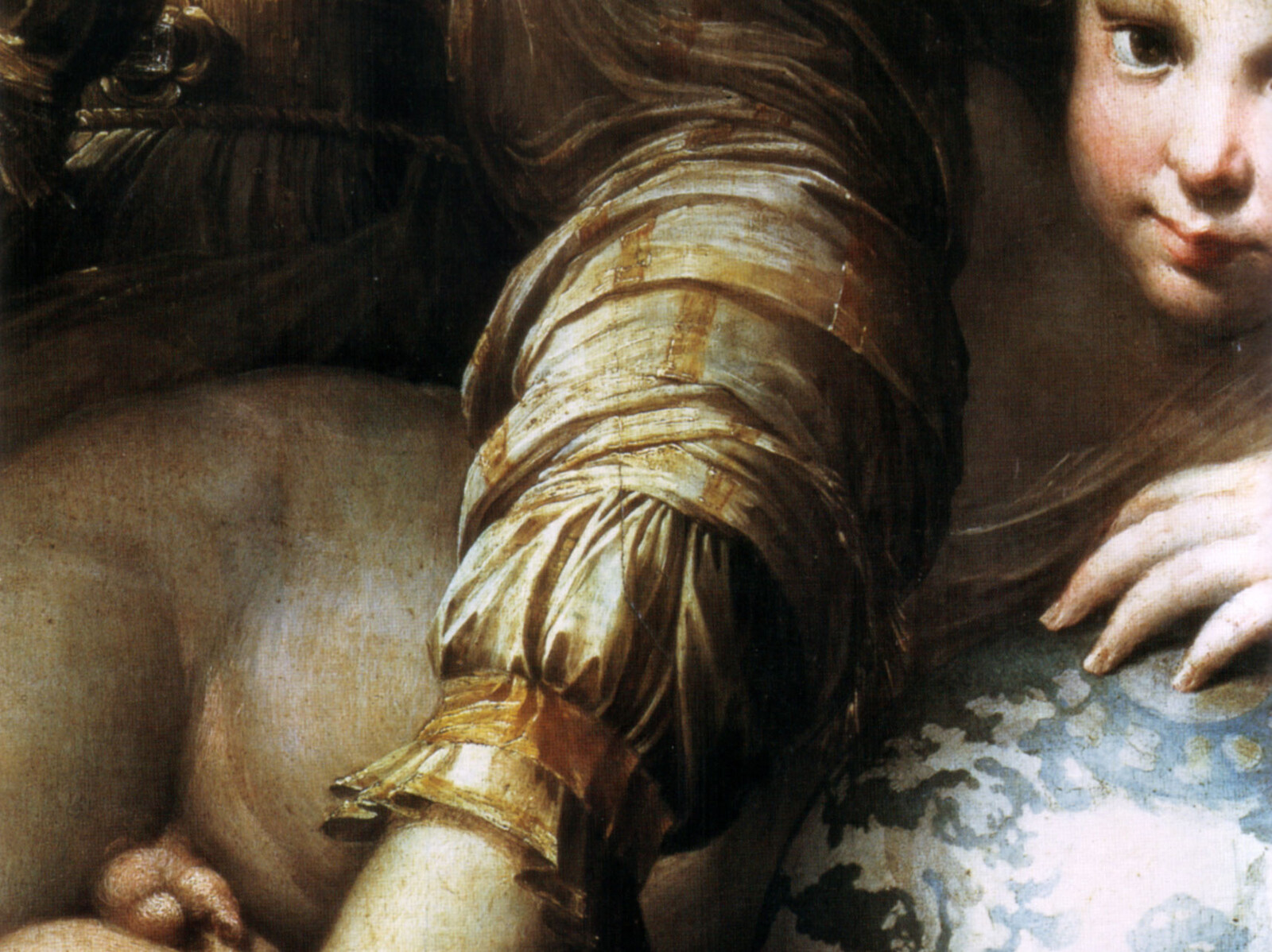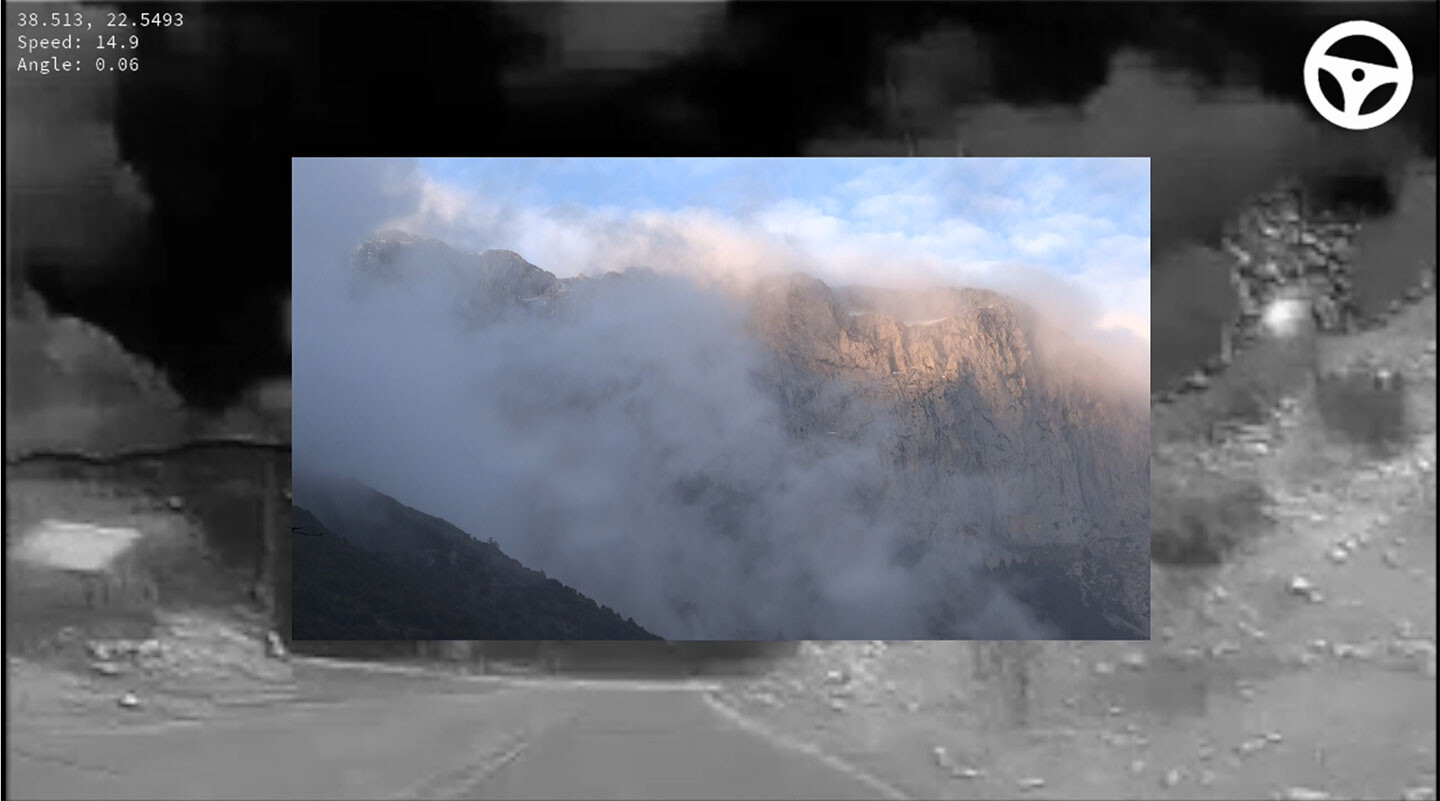If Google Earth or a satellite view of the garbage patch proves to be an impossible undertaking, it is because the plastics suspended in oceans are not a thick choking layer of identifiable objects but more a confetti-type array of suspended plastic bits. Locating the garbage patch is on one level bound up with determining what types of plastic objects collect within it and what effects they have. Yet on another level, locating the garbage patch involves monitoring its shifting distribution and extent in the ocean. The garbage patch is not a fixed or singular object, but a society of objects in process. The composition of the garbage patch consists of plastics interacting across organisms and environments. But it also moves and collects in distinct and changing ways due to ocean currents, which are influenced by weather and climate change, as well as the turning of the earth (in the form of the Coriolis effect) and the wind-influenced direction of waves (in the form of Ekman transport). As an oceanic gyre, the garbage patch moves as a sort of weather system, shifting during El Niño events, and changing with storms and other disturbances. Ocean sensing then requires forms of monitoring that work within these fluid and changeable conditions.
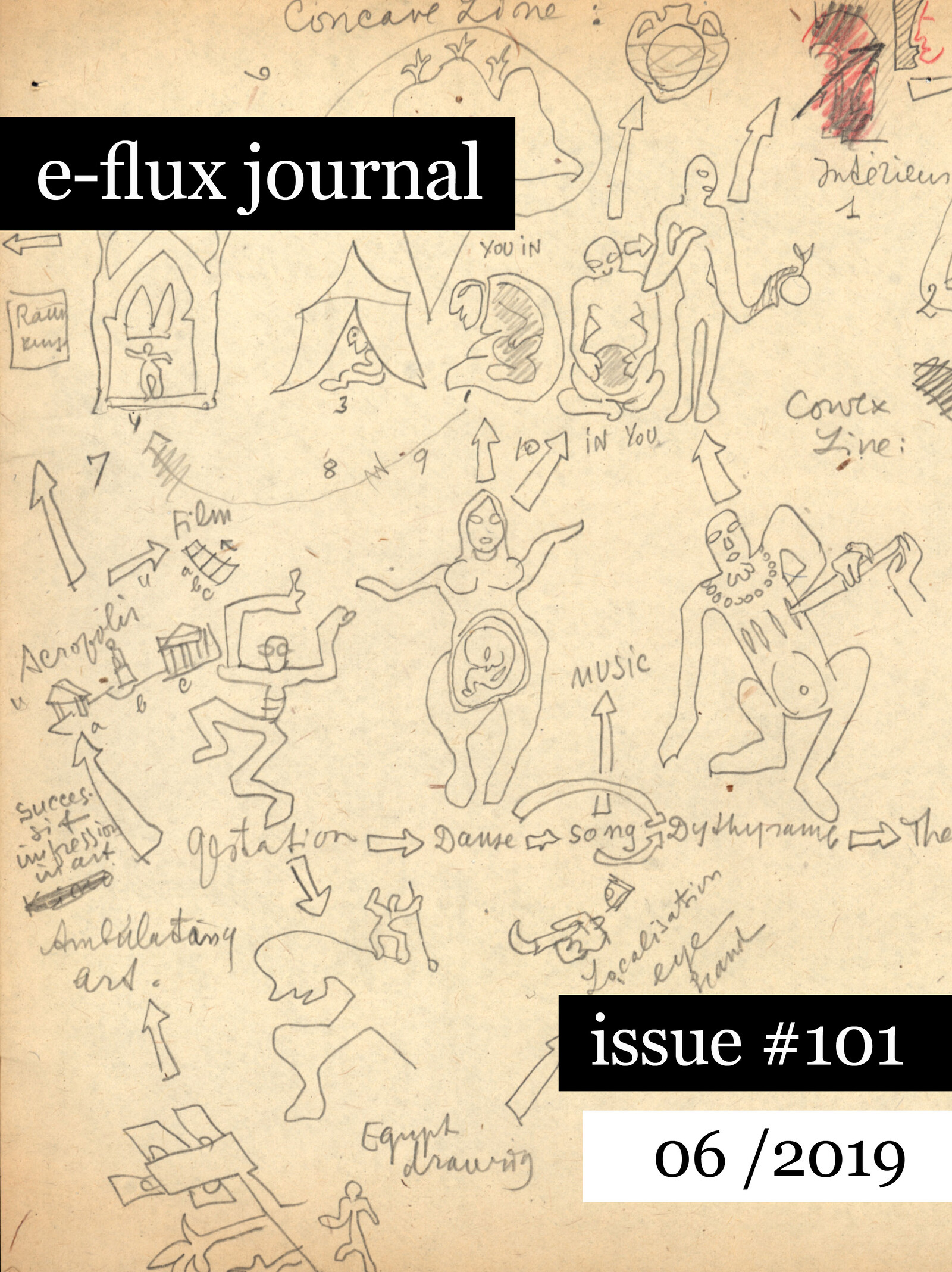
Sergei M. Eisenstein, from his book Notes for a General History of Cinema, 1945–46. Russian State Archive of Literature and Art (RGALI), Moscow.
There are those who champion, or who actively seek to amplify, the navigational turbulence produced by this decentered human position at the planetary scale, making for an urgent battle over claims on orientation. Such tendencies thrive among several techno-neoreactionaries, who, in denying absolutely any form of planetary navigability from a resituated human position, ultimately advocate for the stripping of humanity’s cognitive-political agencies to transform given frames of reference. Paradoxically, what is often perceived as a form of techno-fetishist futurism is nothing but an unimaginative conservatism that celebrates the preservation of existing frames of reference. These existing frames are defended as if they are an immutable fact of nature, a world “naturally” oriented by nineteenth-century navigational frameworks, now augmented by twenty-first-century AI, smart cities, and iPhones. Implicit endorsements for dehumanization can be found in this destructive negation of these capacities. At this juncture, it becomes evident that the struggle for orientation at nth-dimensionality coexistence demands intervention on this artificial plane, in order to dislodge naturalized conservatisms that are often disguised as blinking futurity.
What people call “AI” is actually a long historical process of crystallizing collective behavior, personal data, and individual labor into privatized algorithms that are used for the automation of complex tasks: from driving to translation, from object recognition to music composition. Just as much as the machines of the industrial age grew out of experimentation, know-how, and the labor of skilled workers, engineers, and craftsmen, the statistical models of AI grow out of the data produced by collective intelligence. Which is to say that AI emerges as an enormous imitation engine of collective intelligence. What is the relation between artificial intelligence and human intelligence? It is the social division of labor.
In Boris Rodoman’s map-like diagrams we are confronted not only with the features of the objects being mapped (a landscape, the author’s experience, or his interests), but also with the mapping procedure itself as a fundamentally important and basic feature of the human mind. The common link between a cartoid that depicts a model of a landscape and a cartoid that schematizes the interests of its author reveals the very procedure of mapping as primarily a cognitive process. Moreover, by charting and mapping himself and his own interests, the researcher makes visible the processes of constructing the subject. In other words, through his geo-cartoids, Rodoman reveals the action of forces and flows of power that construct the subject in many respects as a random assemblage. Rodoman’s geo-cartoids contain an implicit critique of the Russian landscape and the powers that constitute it (hyper-centralization, the influence of administrative divisions, and so on). His para-geographical cartoids do the same kind of work concerning the construction of subjectivity in modern society.
There is a fracture in the depth of field at which images of suffering are being viewed. The question is not how suffering is represented to us, but at what depth these images can be navigated—in their singular form, and as powerful expanses of understanding. Taking the Palestinian quest for representation as an example of an historic flow of images striving for clarity, I ask: Can another depth of field be utilized that better embodies the mechanics of the digital gaze? If so, how does the gaze get channeled digitally?
Parmigianino’s painting suggests that finding orientation should be conceived as a fundamentally tactile, sensuous, nonvisual matter (and, considering the pedophilic gaze impelled by the picture, a rather disconcerting one too). The boy’s hand, more than his vision, is the navigational device par excellence. It also serves as a precedent for another infamous hand of a boy with “a passion for maps” some four centuries later. Charlie Marlow, the narrator of Joseph Conrad’s 1899 Heart of Darkness, recalls his childhood dreams of “blank spaces on the earth.” “And when I saw one that was particularly inviting on a map,” Marlow muses, “I would put my finger on it and say, ‘When I grow up I will go there.’” Both hands, first in the sixteenth-century painting and then in the turn-of-the-twentieth-century novel, point to an evolving set of protocolonial, colonial, and neocolonial gestures that continue to inform geopolitical visual cultures. The hand is used as a scaling device, allowing one to literally touch the cartographic representations of often vast geographical areas, thereby making available an individual bodily experience of exploration, travel, and possession. In the mind deformed by colonialism, the touching of the map anticipates the grabbing of the land.
Resistance and refusal must remain as possible responses to the technologically augmented assault directed at individual autonomy today—the off switch must still be within reach. In my research into autonomous vehicles and machine vision, I have tried to develop several strategies for human-scale opposition to exploitative automation, such as the Autonomous Trap. This trap is constructed by drawing a pair of nested circles—one solid, one dashed—on the roadway. From the outside, the pattern denotes a right of way. From the inside, it means no entry. Thus any car, programmed to obey the rules of the road, may enter, but cannot leave, like a demon trapped within a magic circle.
